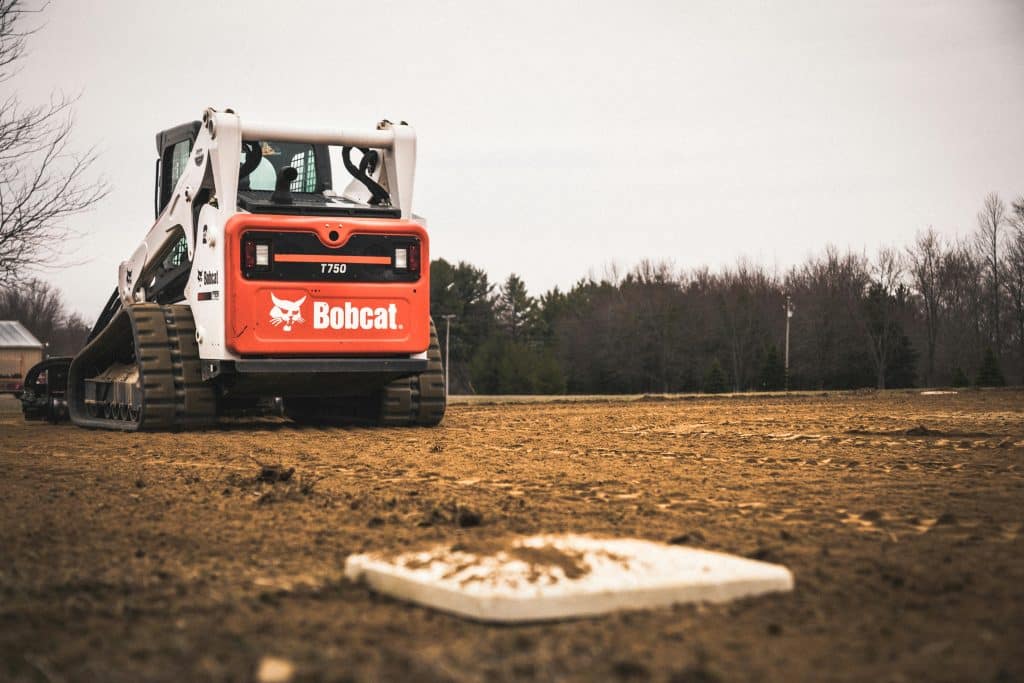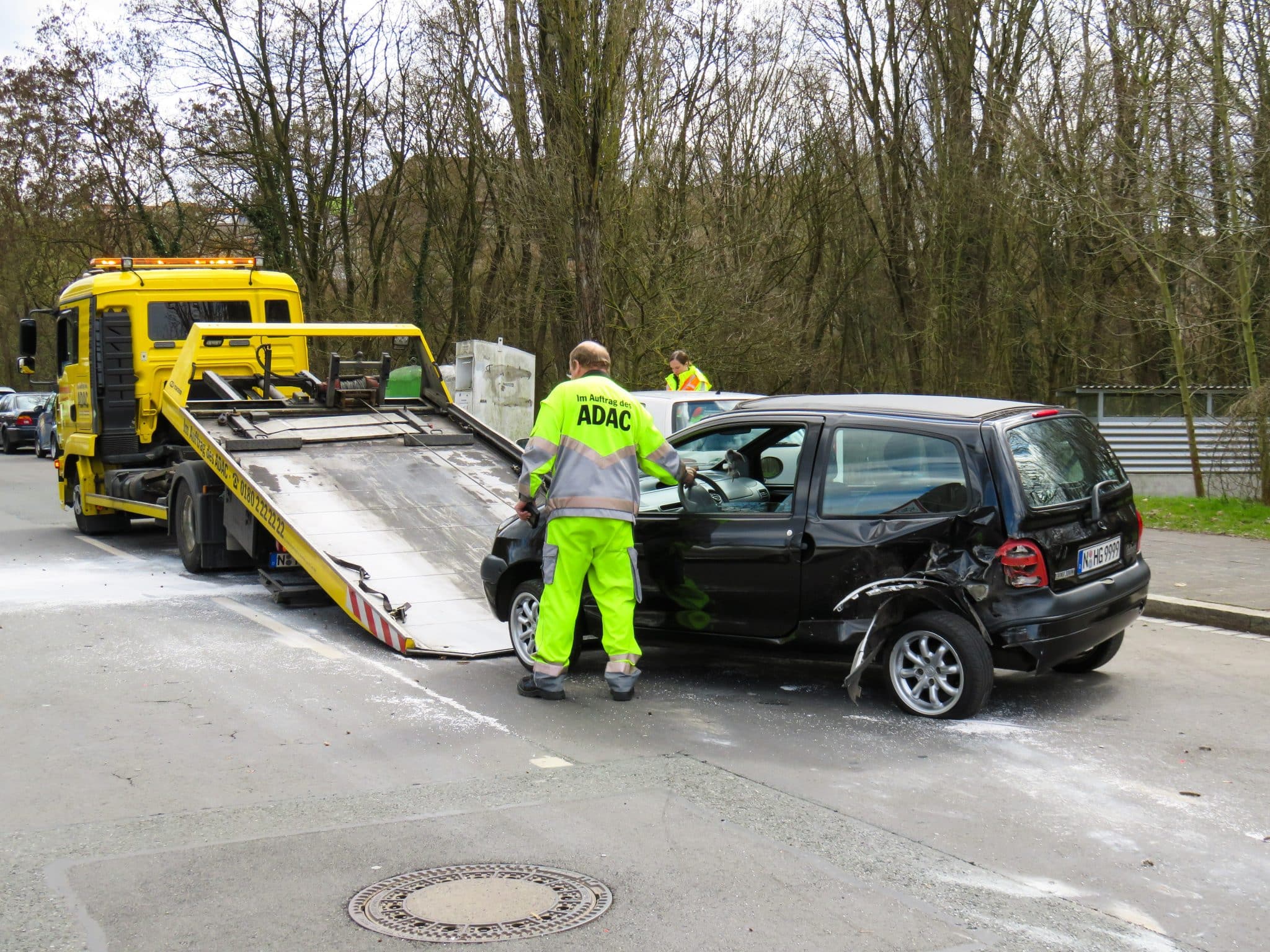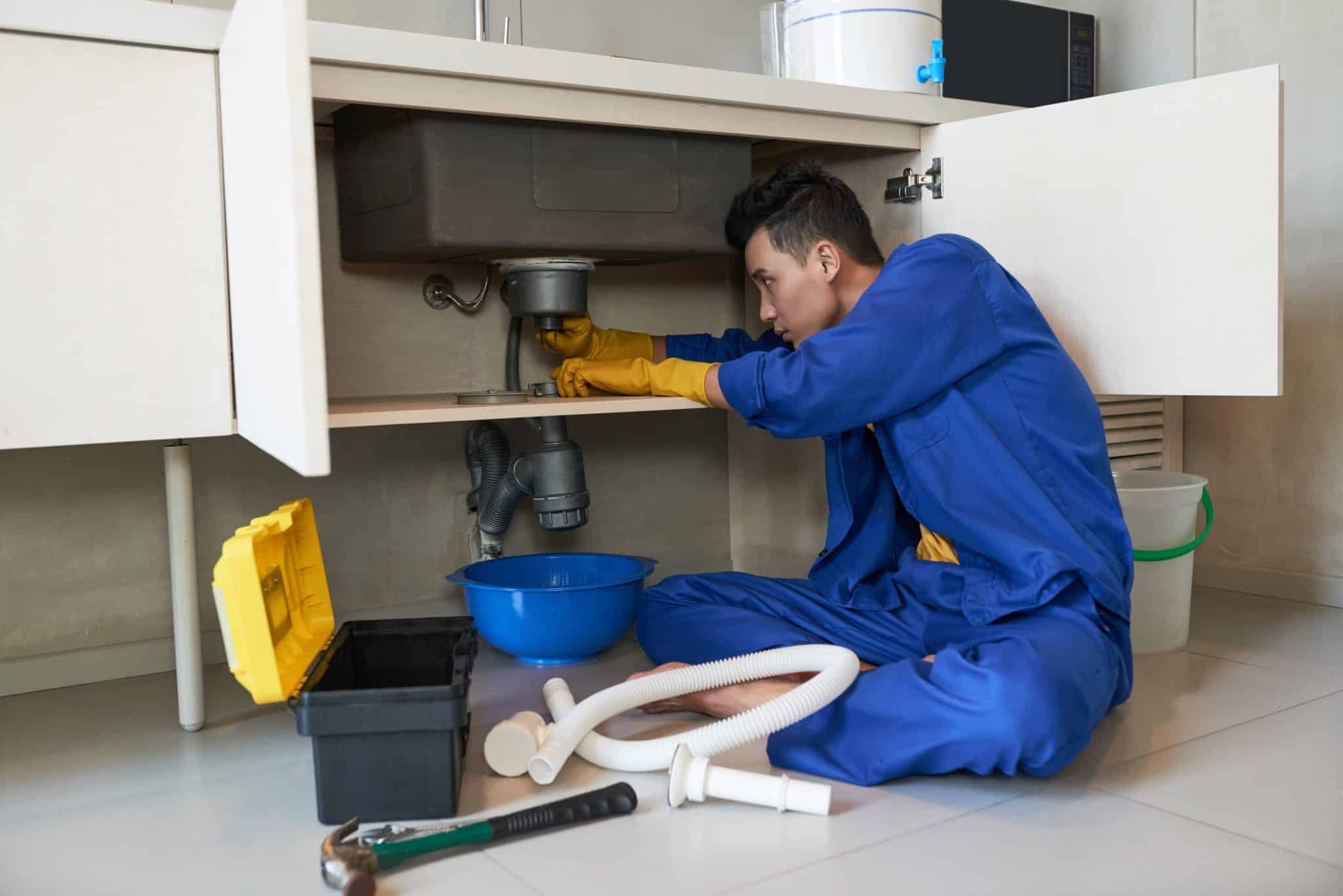Earthmoving equipment represents one of the most critical investments in the construction and civil engineering industries. Whether used for excavation, grading, trenching, or site preparation, these machines form the foundation for efficient, safe project execution. For companies providing earthmoving rockhampton, effective maintenance and lifecycle management are essential to ensure consistent performance, cost efficiency, and equipment longevity. Properly managed machinery not only enhances productivity but also minimizes downtime, environmental impact, and operational costs over time.

Understanding the Lifecycle of Earthmoving Equipment
The lifecycle of earthmoving equipment can be divided into distinct stages: acquisition, operation, maintenance, and replacement. Each stage requires careful planning and management to optimize performance and return on investment.
- Acquisition and Commissioning
The first stage involves selecting the right machine for the job. Factors such as project type, terrain, expected workload, and long-term maintenance costs must be considered. Acquiring quality machinery from reputable manufacturers ensures durability and reduces the likelihood of early mechanical failure. Once procured, equipment should undergo commissioning—testing, calibration, and operator training—to confirm it meets operational standards before deployment. - Operational Efficiency
Once operational, the focus shifts to ensuring equipment is used efficiently. Trained operators play a vital role in extending machinery’s lifespan by preventing misuse or overexertion. Implementing standardized operating procedures, proper load limits, and safety checks is crucial to prevent premature wear and mechanical stress. Continuous monitoring systems can track performance data, such as fuel consumption, engine temperature, and hydraulic pressure, enabling predictive maintenance before issues escalate. - Routine and Preventive Maintenance
Preventive maintenance is the cornerstone of equipment longevity. It involves regular inspections, lubrication, part replacements, and software updates, as per manufacturer guidelines or operational hours. Scheduling maintenance at consistent intervals reduces the risk of breakdowns, safeguards operator safety, and ensures regulatory compliance. Modern earthmoving fleets often incorporate telematics and IoT sensors that alert managers to upcoming maintenance needs, making it easier to plan service intervals with minimal disruption to ongoing projects.
Key Maintenance Practices for Equipment Longevity
Maintenance strategies can vary depending on equipment type—excavators, loaders, dozers, or graders—but the principles remain the same. The following are essential maintenance practices for managing heavy machinery effectively:
- Regular Inspections: Conducting daily visual checks for leaks, cracks, loose components, and unusual noises helps detect issues early.
- Lubrication Management: Proper lubrication of joints, bearings, and moving parts prevents friction damage and reduces wear.
- Filter and Fluid Replacement: Hydraulic, fuel, and air filters must be changed periodically to prevent contamination. Likewise, oil and coolant levels should constantly be monitored to avoid overheating or engine failure.
- Undercarriage Care: The undercarriage is often the most stressed component, particularly in rough terrain. Regular cleaning and inspection extend its life and maintain machine balance.
- Calibration and Software Updates: For advanced machinery, keeping control systems and sensors up to date ensures accuracy and optimal fuel efficiency.
By integrating these practices, companies can significantly reduce unexpected repairs and extend the operational lifespan of their fleets.
The Role of Lifecycle Management in Cost Optimization
Effective lifecycle management goes beyond routine maintenance—it involves strategic planning across the equipment’s entire lifespan. A well-executed lifecycle strategy helps organizations balance operational needs, performance, and costs.
Key lifecycle management components include:
- Asset Tracking and Documentation: Recording maintenance logs, usage patterns, and repair histories provides valuable insights for decision-making.
- Depreciation and Replacement Planning: Understanding when to retire or replace equipment is essential for avoiding escalating maintenance costs. Proactive replacement at the optimal time reduces long-term capital expenditure.
- Inventory and Spare Parts Management: Maintaining a well-organized inventory of essential spare parts minimizes downtime during maintenance operations.
- Operator Training Programs: Skilled operators who understand equipment limitations and early warning signs can help prevent costly mechanical failures.
A lifecycle management plan also includes sustainability considerations. Proper disposal or recycling of outdated machinery and environmentally friendly maintenance practices—such as using biodegradable hydraulic fluids—reflect modern environmental responsibility in heavy industries.
Embracing Technology and Predictive Maintenance
Technological advancements are revolutionizing how companies manage earthmoving fleets. Predictive maintenance, supported by artificial intelligence and sensor-based diagnostics, allows for real-time analysis of machine performance. Instead of relying on fixed maintenance schedules, predictive models determine service needs based on actual wear patterns and data trends.
These systems not only enhance reliability but also reduce unnecessary downtime. They enable managers to schedule maintenance during non-critical operational hours, optimize parts usage, and accurately forecast repair costs. As digital integration continues to evolve, organizations offering earthmoving Rockhampton and beyond can leverage data-driven insights to maximize efficiency and extend the life of their machinery.
Conclusion
Maintenance and lifecycle management of earthmoving equipment are vital for ensuring consistent productivity, operational safety, and long-term financial sustainability. Through disciplined preventive care, informed lifecycle planning, and the adoption of advanced technologies, companies can extend machine longevity and minimize operational disruptions. A strategic approach that combines regular maintenance, predictive monitoring, and efficient asset management ensures that every piece of equipment delivers optimal value throughout its service life, laying the foundation for safer, more efficient, and cost-effective earthmoving operations.


